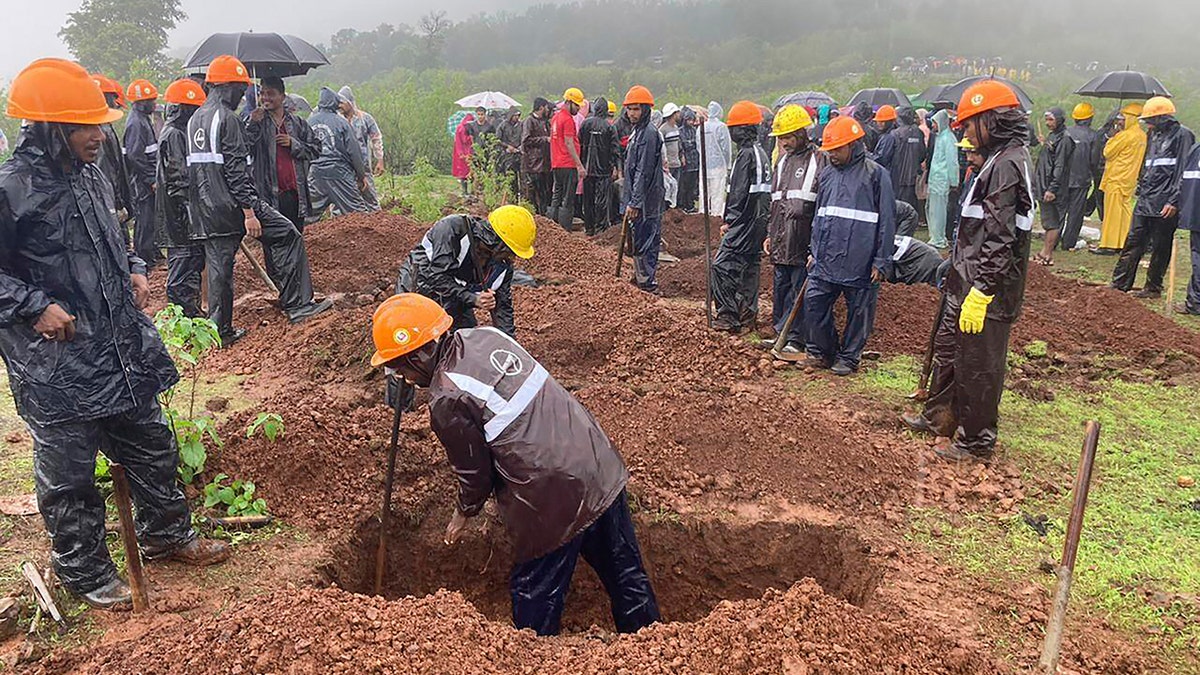Heavy rainfall in India's western Maharashtra state triggered a devastating landslide, claiming the lives of ten individuals and leaving many others feared trapped beneath the debris, according to officials on Thursday. A rescue operation is underway in the affected Irshalwadi village, located in the Raigad district.
Sixty rescuers and trained trekkers are working tirelessly to save those trapped by the landslide, which struck late Wednesday night, as confirmed by the state's deputy chief minister, Devendra Fadnavis, via Twitter. The challenging weather conditions have complicated rescue efforts, prompting authorities to deploy medical teams to assist the injured. While 75 people have been successfully rescued, a significant number remain trapped, as reported to the Press Trust of India news agency.
The landslide engulfed 17 of the 50 houses in Irshalwadi village. Chief Minister Eknath Shinde visited the disaster site on Thursday, emphasizing that the immediate priority is rescuing those still trapped under the rubble.

Maharashtra state is currently under an alert issued by India's meteorological department due to the persistent heavy rainfall this week. The downpours have caused widespread disruption, particularly in the state capital, Mumbai, where schools were closed on Thursday. Local train services have been impacted by flooding within stations and on tracks, according to local media reports. Submerged roads have resulted in traffic congestion and stranded commuters, prompting the National Disaster Response Force to deploy teams across the state.
This recent landslide follows a series of deadly incidents caused by record monsoon rains in northern India over the past two weeks, which claimed over 100 lives. The heavy rains led to road collapses and the destruction of homes. India's meteorological agency has reported that this year's monsoon rainfall has already exceeded the average by 2%.
India experiences frequent severe flooding during the monsoon season, which typically lasts from June to September and accounts for the majority of South Asia's annual rainfall. While the monsoon rains are essential for rain-fed crops, they also often cause substantial damage. Scientists have observed that climate change and global warming are contributing to the increasing irregularity of monsoons, leading to a higher frequency of landslides and flash floods, especially in the Himalayan region of northern India.








